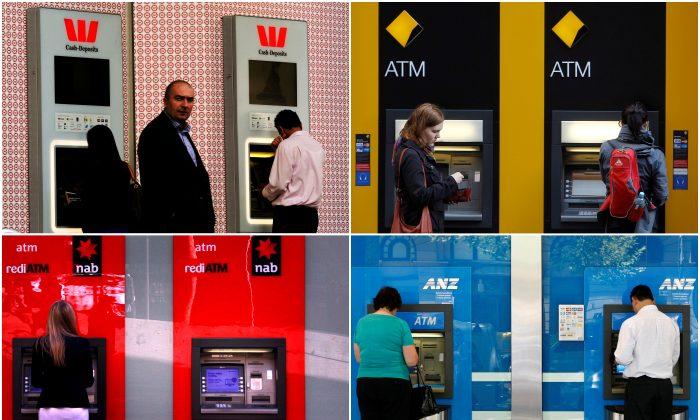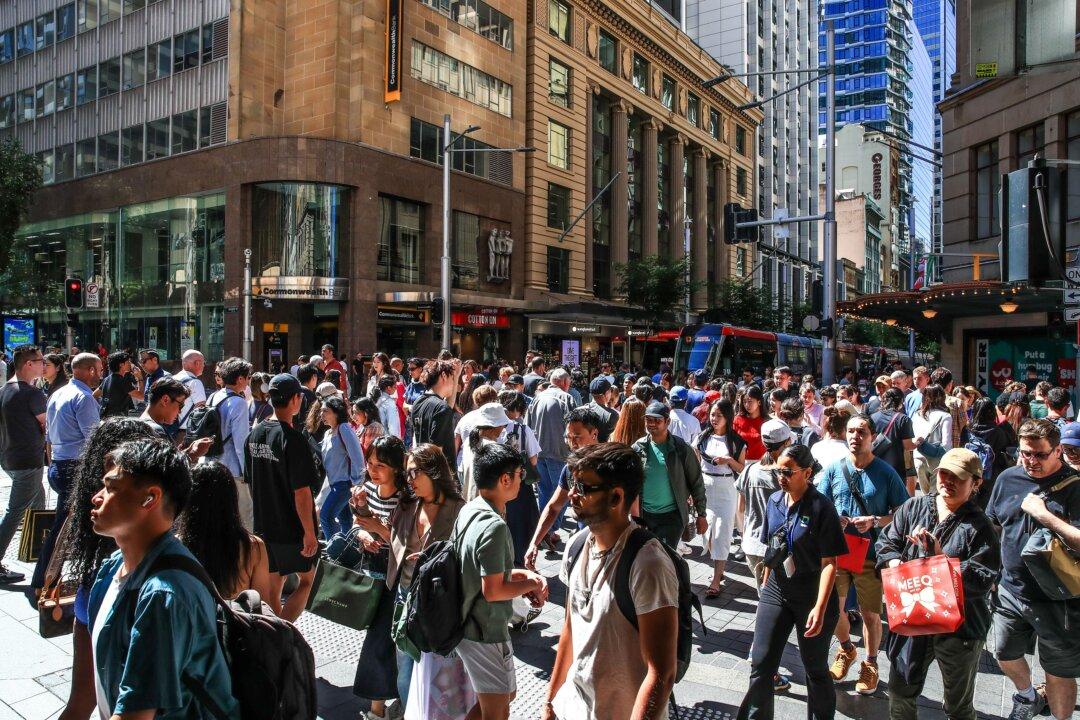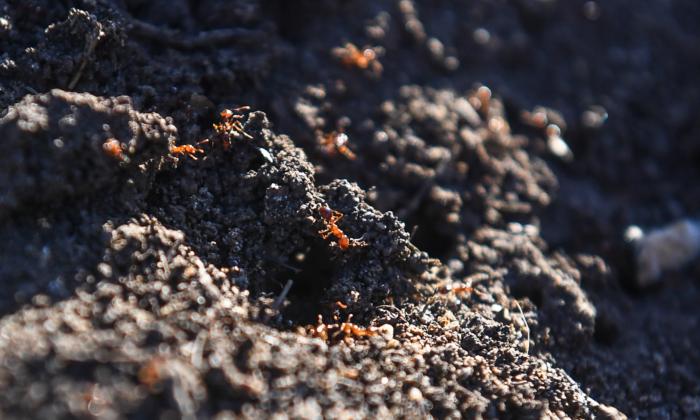The Australian share market has climbed for its third day in a row on hopes of stimulus from Beijing and a U.S. central bank cautious when queried on the inflationary outlook under a second Trump presidency.
At close on Nov. 8, the S&P/ASX 200 index finished 68.8 points, or 0.8 percent, higher at 8295.1.
The broader All Ordinaries gained 38 points, or 0.8 percent, to 8552.6.
Overnight, the U.S. Federal Reserve and the Bank of England both announced rate cuts of 25 basis points, which was in line with expectations.
Fed chair Jerome Powell took questions on the influence of the U.S. election on the economy and rates outlook, reflecting inflation risks from the Trump agenda, but was wary about speculating as the timing, details, and extent of the policy rollout were still in question.
Hopes for stimulus measures to boost the weaker Chinese economy were also high on Nov. 8 ahead of a briefing to conclude the week-long National People’s Congress Standing Committee.
The U.S. election dominated the agenda throughout the week as investors reacted to the prospect of lower taxes and further deregulation in the world’s biggest economy, as well as tariffs on its imports, especially from China.
AMP deputy chief economist Diana Mousina expected share markets and cryptocurrencies to rally a bit further in the short term, with U.S. equities likely to outperform the rest of the world.
Bond yields could easily rise further to reflect the U.S. fiscal situation but were unlikely to settle above 4.5 percent, she wrote in a note.
“In the longer-term, the Trump administration may actually result in slower economic growth because of lower population growth (as the Republicans want to tighten border restrictions and deport some illegal immigrants) and through lower trade growth if tariff restrictions erupt into a global trade war,” Mousina said.
Australian energy stocks were down 0.5 percent by the end of the day but the remaining ASX 200 sectors finished higher, led by tech and a rally across property stocks.
GPT Group picked up two percent and Charter Hall Group gained 2.1 percent.
ANZ lifted 1.3 percent to $32.13 (US$21.34) despite announcing an eight percent drop in cash profit to $6.7 billion (US$4.45 billion), with fierce competition for home loan customers weighing on margins at all the big banks.
Shares in the remaining three banking giants also posted gains, with Westpac up two percent to $32.14 (US$21.35), CBA lifting 1.4 percent to $149.32 (US$99.17), and NAB finishing 0.8 percent higher at $39.65 (US$26.33).
Across the mining heavy-weights, BHP lifted one percent to $43.40 (US$28.82), Rio Tinto gained 1.4 percent to $123.31 (US$81.90), and Fortescue drifted 0.3 percent higher to $19.55 (US$12.98).
Shares in Block slid 6.1 percent after the digital payments company reported below-expected third-quarter revenue.
Property listing firm REA Group recovered from earlier losses to lift 0.3 percent after reporting underlying earnings of $243 million (US$161.4)—a 23 percent increase on the year prior—and revenue growth of $413 million (US$274.3), up 21 percent on 2023.
ON THE ASX:
* At the close on Nov. 8, the S&P/ASX 200 index finished 68.8 points, or 0.8 percent, higher, at 8295.1.
*The broader All Ordinaries gained 38 points, or 0.8 percent, to 8552.6.
CURRENCY SNAPSHOT:
One Australian dollar buys:
*66.54 US cents, from 66.21 US cents at Nov. 7’s close
*101.63 Japanese yen, from 102.08 Japanese yen
*61.71 Euro cents, from 61.66 Euro cents
*51.31 British pence, from 51.24 British pence
*110.69 NZ cents, from 110.07 NZ cents
The Australian dollar was buying 66.54 US cents, up from 66.21 US cents at Nov. 7’s close.







